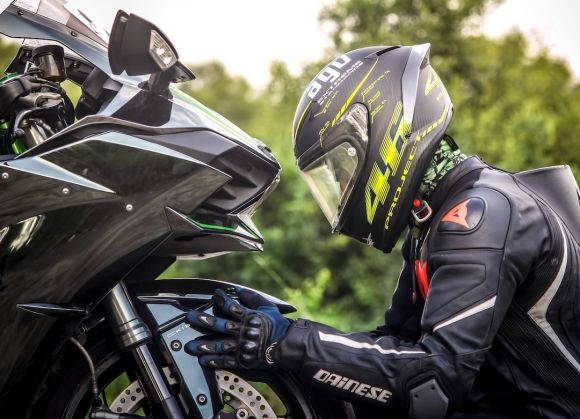When it comes to maintaining and troubleshooting motorcycles, one of the most common areas that riders have to deal with is the carburetor. The carburetor plays a vital role in the performance of a motorcycle’s engine, and any issues with it can lead to poor performance and even stalling. In this article, we will explore some common carburetor problems and how to troubleshoot them effectively.
1. Hard Starting or No Start
One of the most frustrating issues that riders encounter is a motorcycle that is hard to start or won’t start at all. This problem can be caused by a variety of factors, but when it comes to the carburetor, the most likely culprit is a clogged pilot jet. The pilot jet is responsible for providing fuel at low throttle openings, and if it gets blocked, the engine won’t start. To troubleshoot this issue, remove the carburetor and clean the pilot jet thoroughly using a carburetor cleaner and compressed air. This should solve the problem in most cases.
2. Rough Idle
If your motorcycle is idling poorly, with a fluctuating or rough idle, the carburetor may be the culprit. This issue is often caused by a dirty or clogged idle jet. The idle jet controls the fuel mixture during idle, and if it is blocked, the engine will not run smoothly. To fix this problem, remove the carburetor and clean the idle jet using a carburetor cleaner and a small wire. Be sure to clean all the other jets as well while you have the carburetor disassembled.
3. Poor Acceleration
Another common problem with carbureted motorcycles is poor acceleration. If your bike is sluggish when you twist the throttle, it could be due to a clogged main jet. The main jet controls the fuel mixture at higher throttle openings, and if it is restricted, the engine will not get enough fuel to perform optimally. To troubleshoot this issue, remove the carburetor and clean the main jet thoroughly. If cleaning doesn’t solve the problem, you may need to replace the jet with a larger or smaller one, depending on your bike’s specific requirements.
4. Flooding
Flooding occurs when there is too much fuel in the carburetor, which can lead to a wide range of problems, including hard starting, poor performance, and even engine damage. Flooding is often caused by a faulty float valve that is not shutting off the fuel flow properly. To troubleshoot this issue, remove the carburetor and inspect the float valve for any signs of wear or damage. If necessary, replace the float valve with a new one, making sure it is properly adjusted to control the fuel flow.
5. Lean or Rich Mixture
A lean mixture occurs when there is too little fuel in the air-fuel mixture, while a rich mixture refers to an excess of fuel. Both conditions can lead to poor performance and can be caused by a variety of factors, including incorrect jet sizes, air leaks, or a malfunctioning carburetor slide. To troubleshoot this issue, start by checking for any air leaks in the carburetor and intake manifold. If no leaks are found, you may need to adjust or replace the jets to achieve the correct fuel mixture.
In conclusion, troubleshooting carburetor issues is an essential skill for any motorcycle rider. By understanding the common problems and their solutions, you can keep your bike running smoothly and enjoy a trouble-free riding experience. Remember to always follow the manufacturer’s guidelines when working on your carburetor and consult a professional if you are unsure about any aspect of the troubleshooting process. Happy riding!
